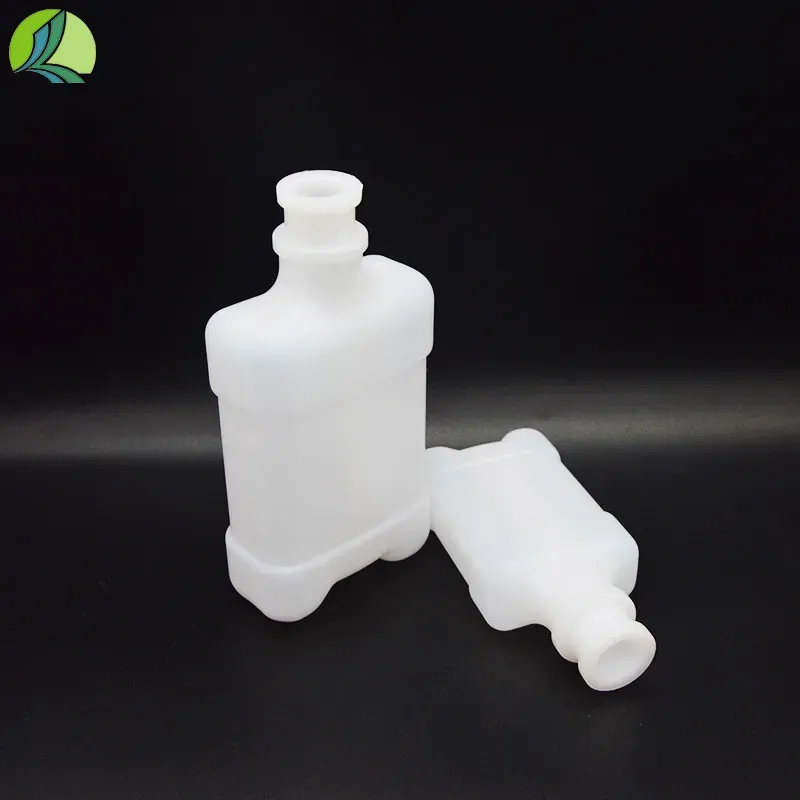plastic pipette tips
Understanding Plastic Pipette Tips A Cornerstone of Precision in Laboratory Techniques
Pipettes are essential instruments in various scientific disciplines, including biology, chemistry, and medicine. They enable precise measurement and transfer of liquids, which is crucial for accurate experimental results. Among the most critical components of pipetting systems are the plastic pipette tips. This article explores the importance of plastic pipette tips, their benefits, and considerations for selecting the right type for different laboratory applications.
What Are Plastic Pipette Tips?
Plastic pipette tips are disposable attachments that fit onto pipettes, designed to hold and transfer small volumes of liquid, typically ranging from microliters to milliliters. Made primarily from high-quality plastics such as polypropylene, these tips are engineered for optimal performance, ensuring minimal liquid retention and contamination.
Why Choose Plastic Pipette Tips?
1. Versatility Plastic pipette tips are available in various sizes and formats, accommodating different pipetting needs. Whether you are working with micro volumes in molecular biology or larger volumes in chemistry applications, there is a suitable tip for every task.
2. Cost-Effectiveness Given their disposable nature, plastic pipette tips offer a cost-effective solution for laboratories. They eliminate the need for tedious cleaning and sterilization processes associated with reusable glass or metal pipette tips, saving time and resources.
3. Reduced Contamination One of the primary reasons for using disposable plastic tips is the significant reduction in the risk of cross-contamination between samples. Each new experiment can start with a fresh tip, minimizing the chances of carryover from previous liquids.
4. Compatibility Most manufacturers design their pipette tips to be universally compatible with a range of pipette brands and models. This ensures that researchers are not limited in their choices and can select tips based on performance rather than compatibility issues.
5. Precision and Accuracy High-quality plastic pipette tips are specifically manufactured to ensure consistent flow rates and precision in liquid handling. This accuracy is vital for experiments where even minor variations can lead to significant discrepancies in results.
plastic pipette tips

Choosing the Right Pipette Tips
Selecting the appropriate plastic pipette tips requires careful consideration of several factors
1. Volume Requirements It is crucial to choose a pipette tip that matches the volume range you intend to pipette. Using the wrong tip can result in inaccurate measurements and poor experimental outcomes.
2. Sterility For biological applications, particularly those involving cell cultures or sensitive assays, sterile pipette tips are essential. Look for tips that are certified sterile and packaged in a manner that maintains their sterility until use.
3. Filter Tips For additional protection against aerosol contamination, filter tips that incorporate a barrier can be employed. These tips are especially beneficial when working with volatile or hazardous substances, as they prevent sample loss and preserve the integrity of the pipetting device.
4. Material Quality Not all plastic tips are created equal. Investing in high-quality, low-retention tips can make a difference in both the performance and outcome of your experiments. This is particularly important when working with highly viscous or volatile liquids.
5. Environmental Considerations With growing concerns over plastic waste, some manufacturers are producing biodegradable or recyclable pipette tips. If sustainability is a priority in your laboratory, consider looking into these greener alternatives.
Conclusion
Plastic pipette tips play a pivotal role in laboratory work, underpinning the reliability and accuracy of liquid handling. By understanding their advantages and how to choose the right type, researchers can enhance their experimental outcomes while minimizing risks associated with contamination and inefficiency. As science progresses, these seemingly simple tools continue to evolve, paving the way for more innovative and precise laboratory practices. Thus, the humble plastic pipette tip stands as an unsung hero in the quest for scientific discovery.
-
Aesthetic Makeup Spray Bottles | Fine Mist Empty RefillableNewsAug.19,2025
-
White Plastic Veterinary Vaccine Vials | Lab Liquid BottlesNewsAug.18,2025
-
Plastic Medicine Liquid Bottle: Secure Flip Top Drug VialsNewsAug.17,2025
-
Durable 250ml Blue Plastic Vaccine Vial for Lab & Vet UseNewsAug.16,2025
-
Sterile Virus Sample Tubes: Secure & Reliable Specimen CollectionNewsAug.15,2025
-
White 250ml Plastic Vaccine Vial for Lab & Vet MedicineNewsAug.14,2025
























